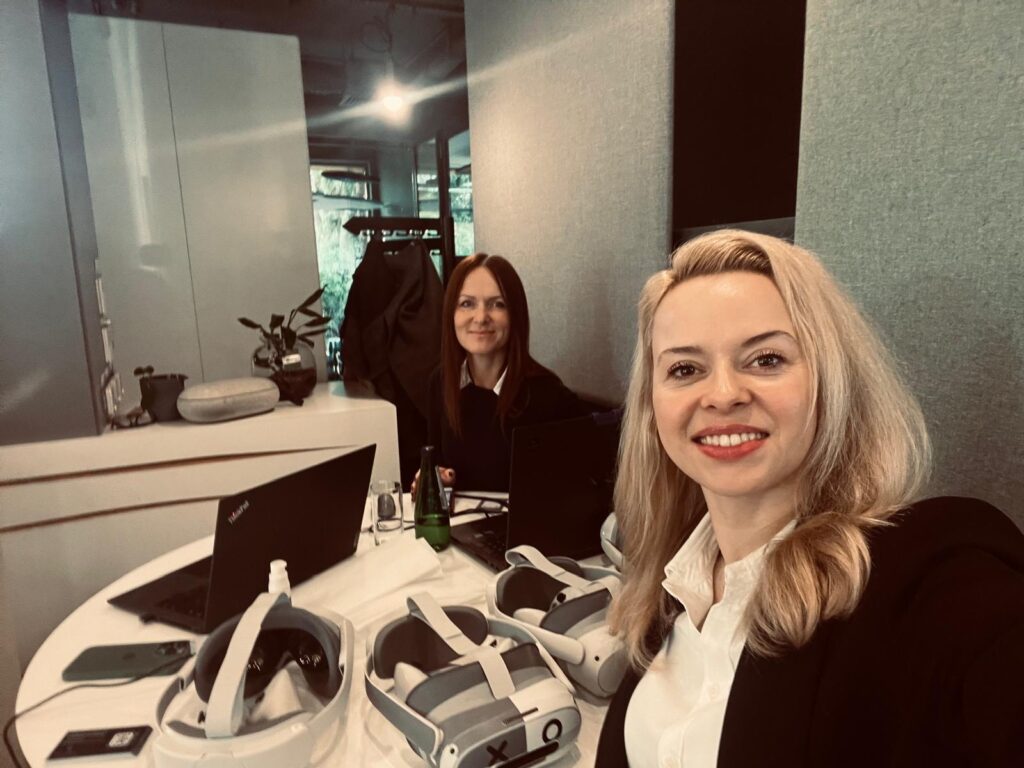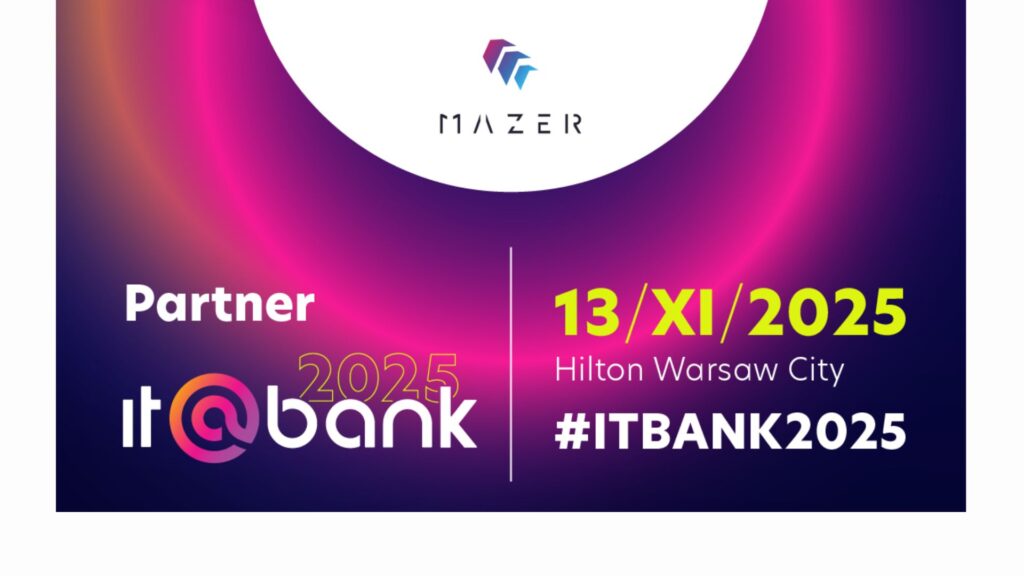Measuring the Impact of Your Virtual Training Programs
Table of Contents:
VR training has become a game-changer for many companies as far as their approach to employee development is concerned. But how do you know that it’s making the difference you expected or intended it to? Evaluating virtual training effectiveness is essential for organizations to ensure their investment yields tangible benefits. In this article, we’ll define and explore the key VR training performance metrics and show you how to use them to drive continuous improvement in your organization.
Defining Key VR Training Performance Metrics
When it comes to evaluating virtual training effectiveness, the first step is to define the right performance metrics. These key performance indicators (KPIs) help you understand if the direction you’re taking the training in is meeting the right organizational goals. Common metrics include:
- Completion Rates: How many users finish the training program? A high completion rate indicates that your training ie engaging enough to keep learners interested.
- Assessment Scores: Did learners pass the tests or quizzes? What are the percentiles? What’s the result spread? This should tell you how much knowledge they retained and whether the training effectively conveyed the material.
- Engagement Levels: How often do users interact with the training modules? Monitoring how engaged employees are provides insight into the program’s effectiveness.
Into the Nitty-Gritty – Collecting the Actual Data
Once you’ve established what you need to be constantly on the lookout for, it’s time to gather the data. VR training offers a wealth of both quantitative and qualitative data. Use it to evaluate the program’s impact. Let’s break down the two primary data collection methods:
VR Analytics Tools
Many VR platforms come with built-in analytics capabilities used for tracking almost every single interaction. Data points like:
- Number of hours spent on the training
- How users perform across different modules
- Error rates & repeated attempts
can illustrate exactly how well learners are performing and provide you with crucial, real-time insight. Use this to your advantage: identify areas where they struggle the most, try to understand what challenges cause this, and address these issues promptly. It’s the best way of quickly getting the most out of your VR training program.
Qualitative Feedback
While raw numbers are important, qualitative feedback fills in the gaps that pure data can’t. Survey your users regularly and interview them about their thoughts. Ask them about the user experience, their overall impressions, and suggestions on what could be improved. The simplest way to get this feedback is a quick survey placed at the end of each training session. Doing this lets you get the feedback directly from the source when it’s still fresh in their mind.
It’s worth stressing that the potential for improvement here is massive. It can be of tremendous help in highlighting blind spots in your training program and obtaining suggestions for improvements which, over time, can produce much better learning outcomes.
The Results Are In. What Now?
Once you’ve collected the data, it’s time to analyze it and use it to improve your VR training. But how can you make sense of all this information?
Analyzing and Interpreting the Data
When analyzing the data, focus on spotting trends and patterns that point to specific areas in which you could stand to improve. Start by comparing average results to predefined KPIs. For example, if completion rates fall significantly short of expectations, you may need to examine the training’s structure or its difficulty. It could also be possible that there’s some friction on the user’s end, and some bug fixes may be required.
If assessment scores are low, it could be a sign that the content isn’t being absorbed effectively or that learners may need additional support materials.
Fostering Continuous Improvement
Of course, the work doesn’t stop once you’ve looked at the VR training performance metrics. Continuous improvement is the key and perennial goal here to keep your training program relevant and effective. Use what you’ve been able to gather to tweak and optimize the content regularly and respond to feedback. VR training should be an evolving process, and small adjustments can make a big difference over time.
The Takeaway
Evaluating VR training effectiveness is about more than just tracking numbers. To truly leverage its potential in your organization, you need to always remain on your toes and spot potential inefficiencies or defects. Know what performance indicators to track and when to step in with some adjustments. Always remain agile and responsive to feedback – the benefits of VR training are immense. You just have to be prepared to utilize them.
Read also: Gaining Executive Buy-in for VR Training

Author: Rafał Siejca
Rafal has over twenty years of corporate experience, including roles at Millennium Bank, Comarch, and leading software teams at PZU, one of Europe’s largest insurance companies. As one of Poland’s few true VR experts with a decade of experience, he ensures timely, high-quality project delivery as CEO and CTO.










